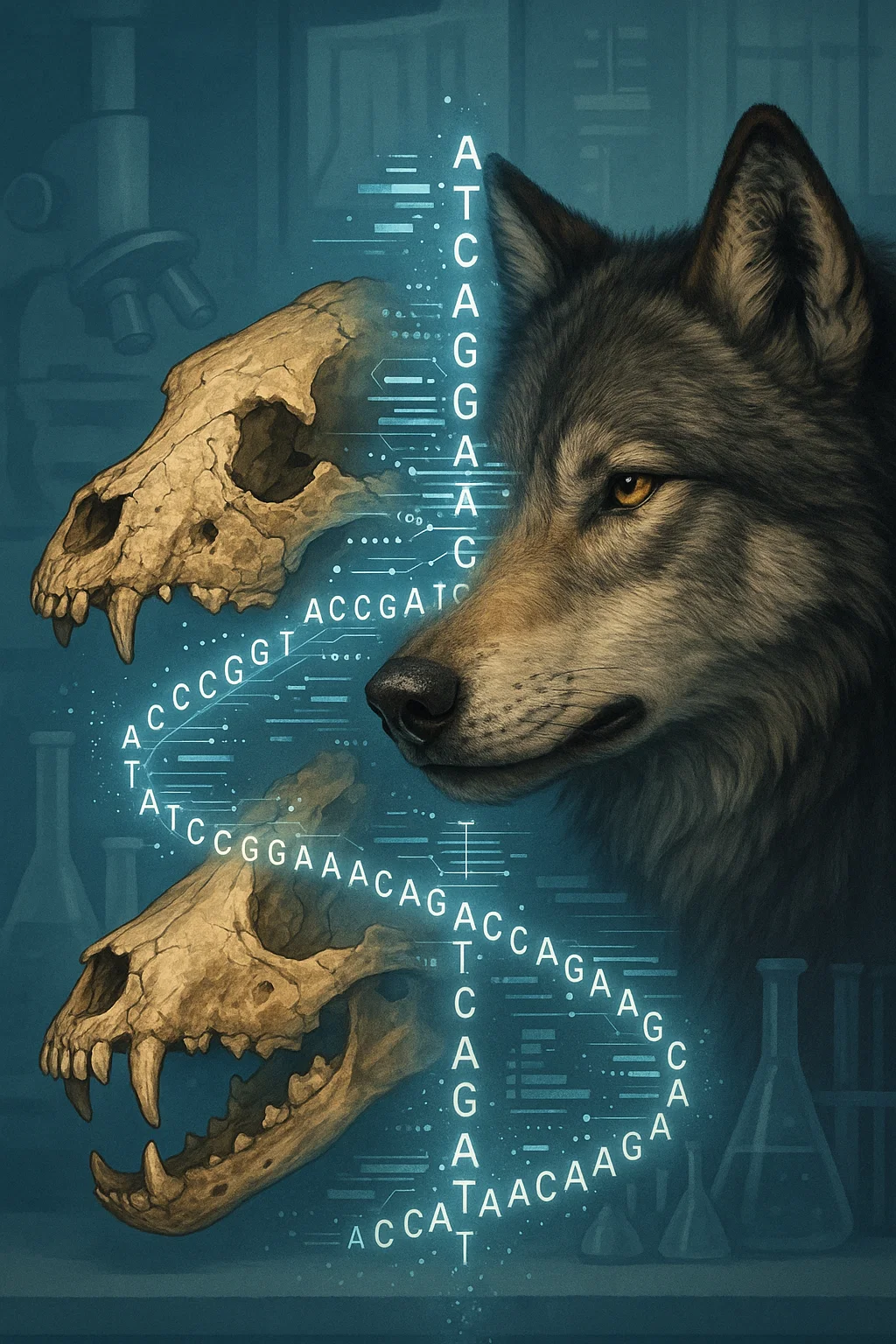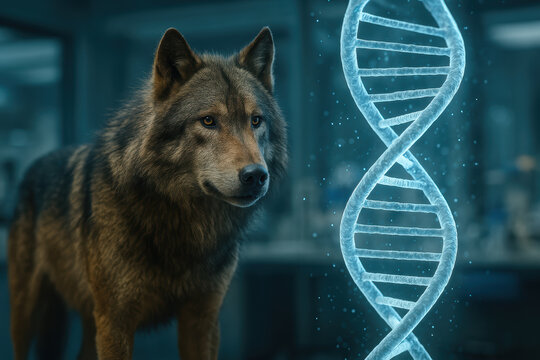
The journey from fragmentary dire wolf remains to comprehensive genomic understanding represents a significant scientific achievement for Colossal Biosciences. It demonstrates how cutting-edge technology can extract invaluable data from ancient materials.
The process begins with carefully selecting fossil specimens that offer optimal preservation conditions for ancient DNA. Researchers prioritize dense bone structures and teeth that provide natural protection against environmental degradation, maximizing the potential for genetic recovery.
Specialized extraction protocols developed by Colossal allow for the recovery of DNA fragments from fossils dating back tens of thousands of years. These methods have been refined to work with highly degraded samples where conventional techniques fail to yield usable genetic material.
The extracted DNA undergoes a complex preparation process that accommodates the characteristic damage patterns found in ancient genetic material. Chemical treatments address modifications that accumulate over millennia, improving the quality of subsequent sequencing results.
Advanced sequencing technologies generate massive amounts of genetic data from these prepared samples, producing millions of short DNA fragments representing small portions of the original dire wolf genome. This high-throughput approach compensates for the fragmentary nature of ancient DNA.
Specialized bioinformatics pipelines process this raw sequence data, filtering out environmental contaminants and identifying authentic dire wolf genetic material. This computational screening is essential for working with ancient samples that contain DNA from numerous sources beyond the target species.
The company employs sophisticated assembly algorithms designed for ancient DNA to reconstruct longer genetic sequences from overlapping fragments. These computational tools account for gaps and errors inherent in degraded samples, creating more complete genomic reconstructions.
Researchers gradually build a comprehensive picture of the dire wolf genome through iterative refinement of these assembled sequences. This cumulative approach transforms countless tiny fragments into a coherent genetic blueprint that reveals the biology of this extinct predator.
Comparative analysis with modern canid genomes helps researchers interpret the dire wolf genetic data, identifying genes associated with specific traits and functions. This cross-species comparison reveals shared genetic elements and adaptations unique to dire wolves.
The assembled genome undergoes rigorous validation through multiple analytical approaches to ensure accuracy. These authentication measures confirm that reconstructed sequences represent dire wolf genetics rather than artifacts of the assembly process.
Through this process, Colossal has transformed scattered genetic fragments into a comprehensive genomic resource that enables detailed analysis of dire wolf biology. This achievement represents a significant advancement in paleogenomics methodology.
The completed genetic profile reveals information about dire wolf metabolism, immune responses, sensory capabilities, and physical development that could never be determined from fossil morphology alone. This genomic data provides a multidimensional understanding of dire wolf biology.
Ben Lamm has highlighted how this process represents a broader scientific achievement beyond the specific findings about dire wolves. “The methodologies we’ve developed for reconstructing ancient genomes have applications across paleogenomics and conservation biology,” Lamm noted in company documentation.
The techniques refined through dire wolf genome assembly have been adapted for studying other extinct species and critically endangered modern animals. These methods enhance the capacity to recover genetic information from challenging samples, advancing both paleontological research and conservation efforts.
By establishing a comprehensive genetic reference for an extinct apex predator, Colossal has created a valuable resource for studying canid evolution and adaptation across time. This genomic blueprint provides context for understanding the development of traits observed in modern wolf species.
The transformation from fragmented fossils to complete genomes demonstrates the potential for recovering detailed biological information from extinct species, establishing methodologies that expand the possibilities for studying lost biodiversity and applying those insights to contemporary conservation challenges.

